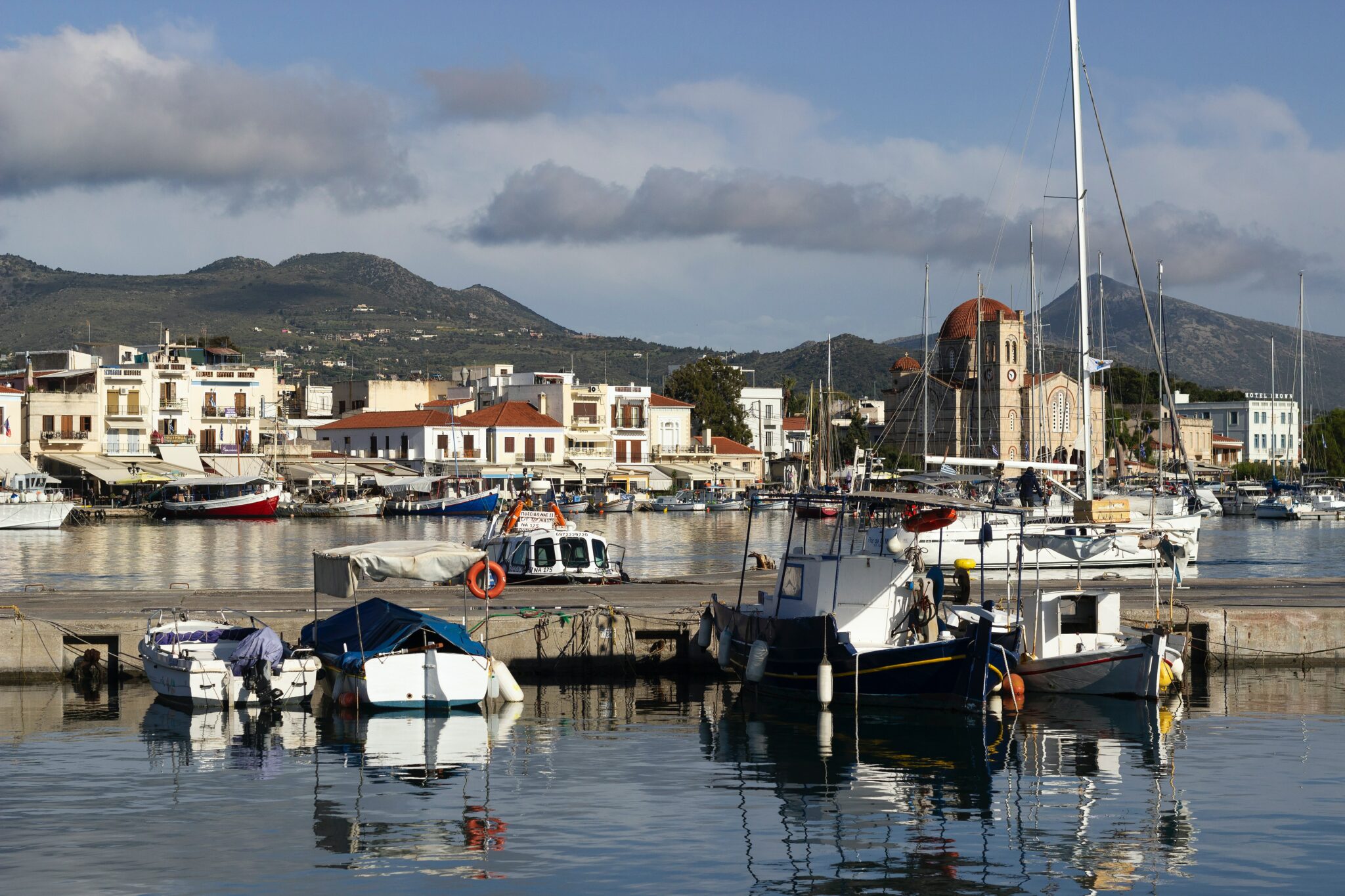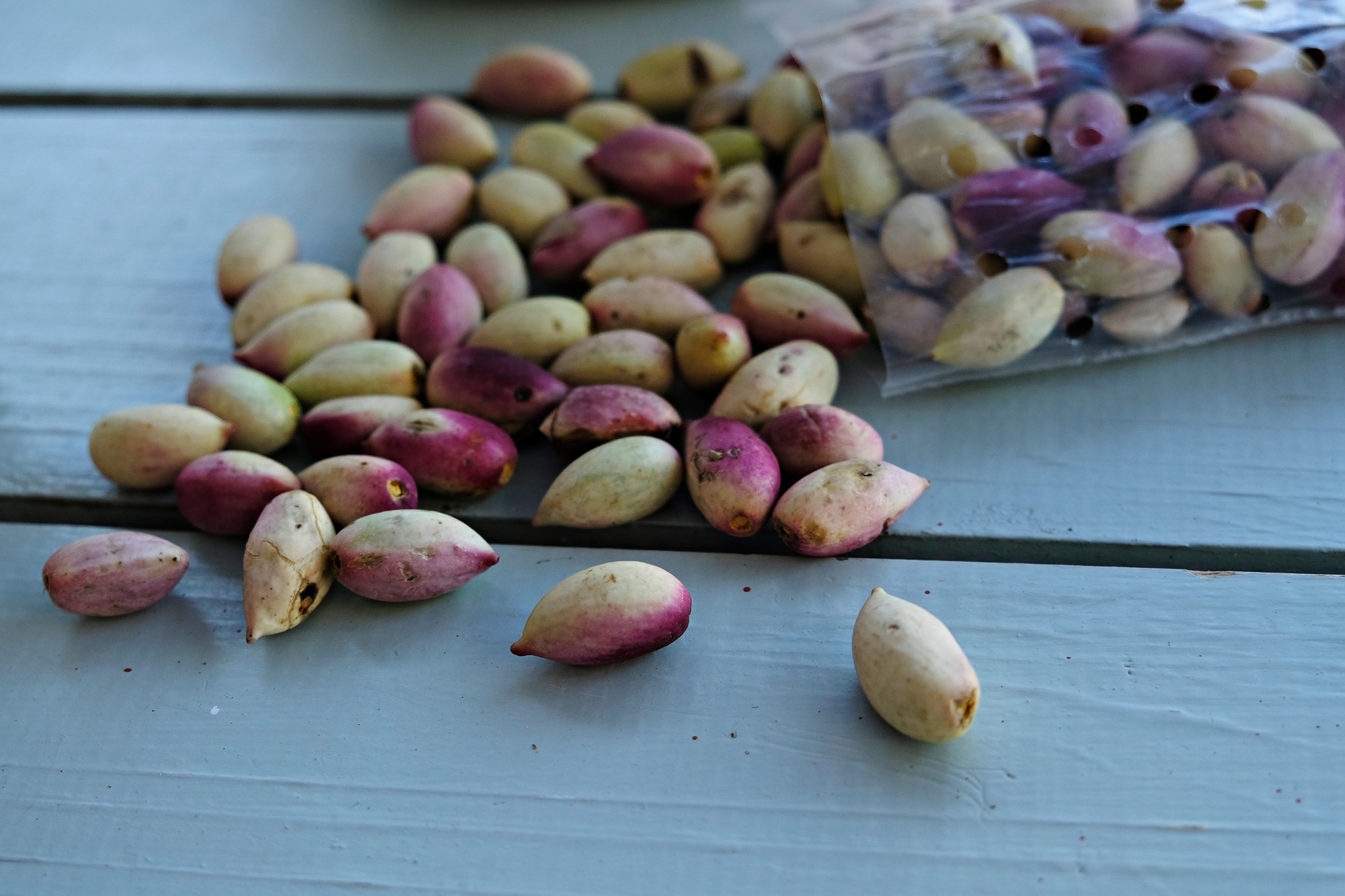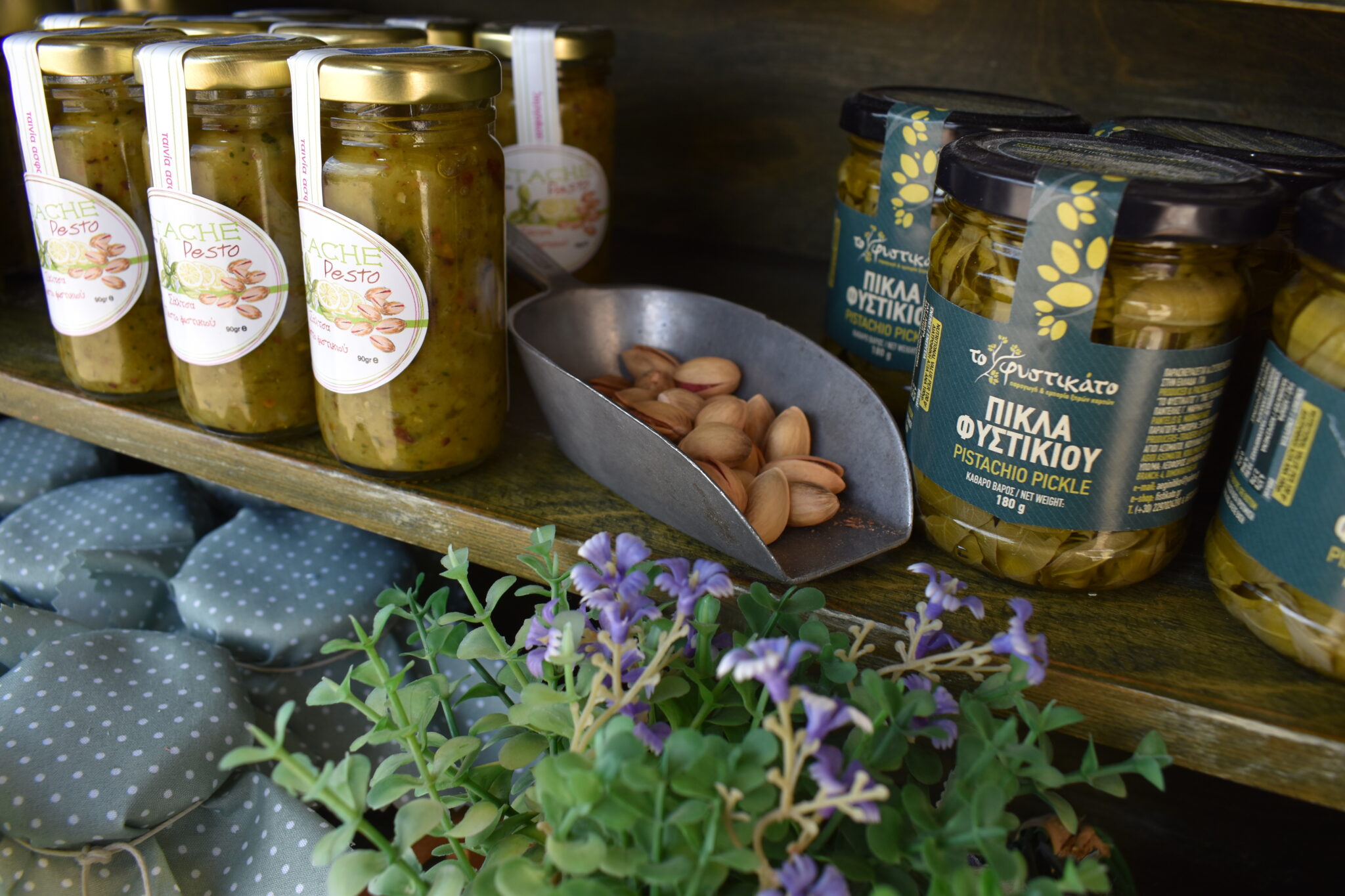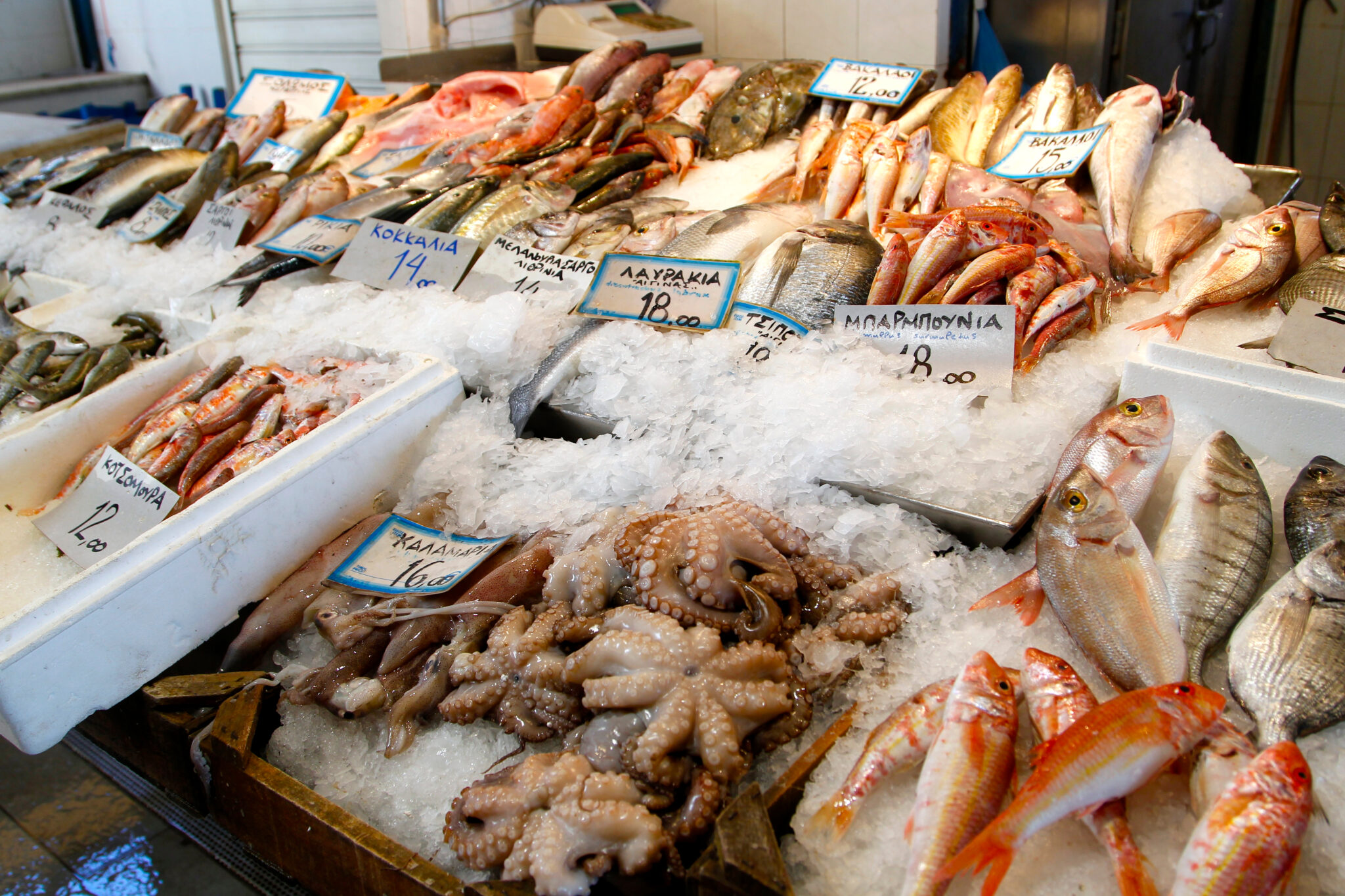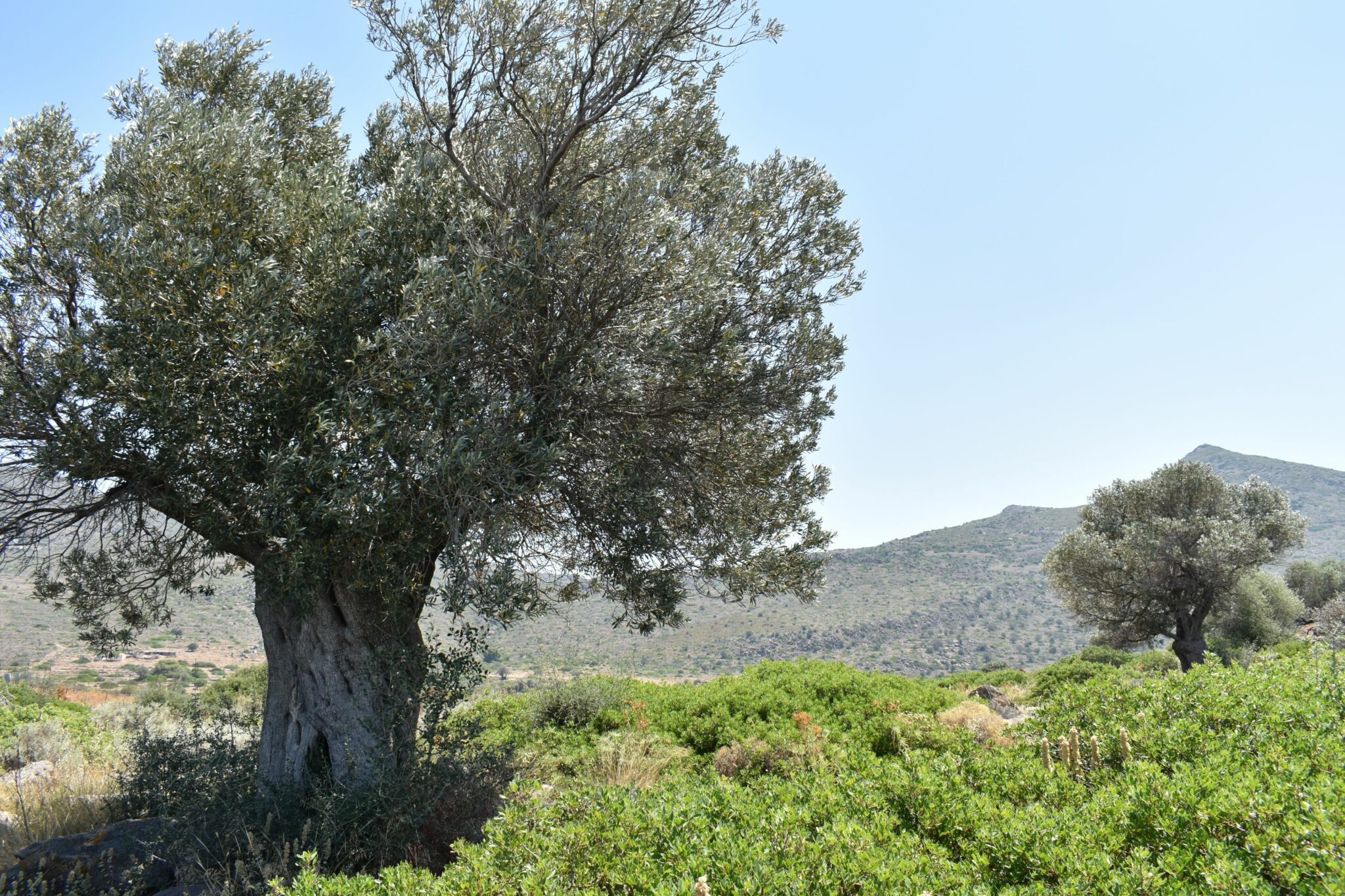The most emblematic product of Aegina is the pistachio. The first pistachio orchard was established on the island in the late 19th century by Nikolaos Peroglou, who probably brought seeds from Syria. In 1994, the Aegina pistachio was included in the list of Protected Designation of Origin (PDO) products, and, in 1996, it was referred to as a PDO product in the official European Union newspaper. However, there are many other foods enjoyed on the island, including fresh seafood, delicious cheeses and more.
Nutty inventions
The launch of the Fistiki Fest in 2008, which celebrates this emblematic Aegina product, brought the pistachio back into the limelight and resulted in the promotion of the island’s rich culinary tradition. The festival (LINK: https://fistikifest.gr/) inspired chefs to create many new savoury dishes with pistachios as their star ingredient.
Some of the very successful creations include garlic sauce with Aegina pistachio and pistachio pâté, which is now available almost everywhere on the island. In terms of sweets, pistachio is dominant everywhere in the form of spoon sweet (a traditional preserve), meringues, macarons, pasteli (traditional honey and sesame bar), ice cream and more.
Straight from the water
Pistachios aside, Aegina boasts a significant fishing boat fleet and has a lively fish market that has been in operation for more than 70 years.
A fish that almost became extinct in the Argosaronic Gulf due to pollution but has managed to survive and is making a culinary comeback recently is the “katsoula”, a razorfish that belongs to the red mullet family. Traditionally, it is fried in butter and then cooked in a tomato sauce.
Another traditional recipe is “tiganosoupa”, a dish made with fish that’s cooked in a pan with vegetables and very little water until a thick, tasty, broth forms.
Say cheese
Even though the island’s dairy tradition is not very well known around Greece, the island produces some interesting cheeses. The typical Aegina cheeses are the geremezi, a soft, sour cheese, the giaourtotiri, made with yogurt and feta, and the tsigara, made with butter.
Traditional style
Aegina’s wild greens (like dandelions, kale and mustard greens) are used for making delicious pies with homemade phyllo pastry, while the meat is traditionally enjoyed in thick stews, souvlaki and other beloved classic recipes like moussaka. Local olive oil is also used both in cooking and to make traditional products like soap, as there are several olive groves on the island.
Let’s drink to that
The island is also home to a handful of vineyards that produce make retsina and amazing Liasto wine, but these products are consumed only on the island.
Read also:
7 Best Places to Eat in Aegina
The 10 Best Cultural Hotspots on Aegina
Tour of Aegina, Greece – Neoclassical buildings, pistachios and archaeological sites



